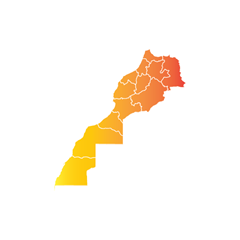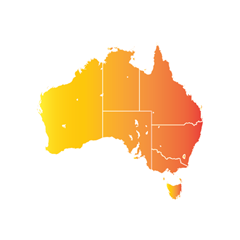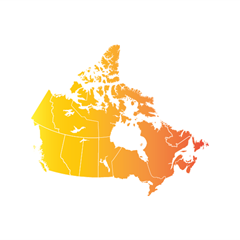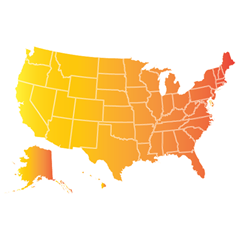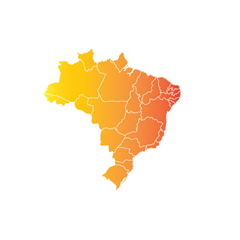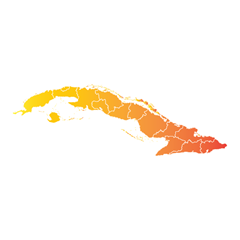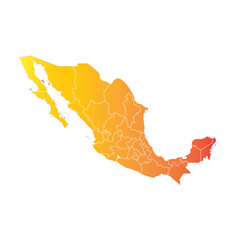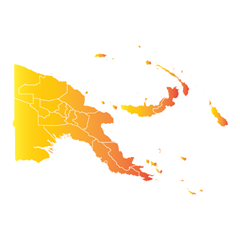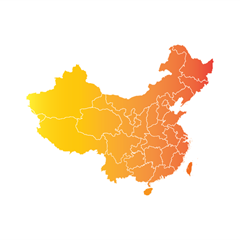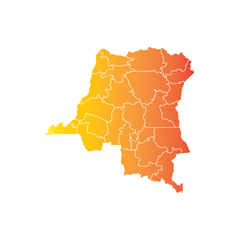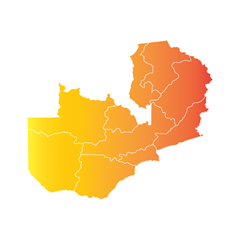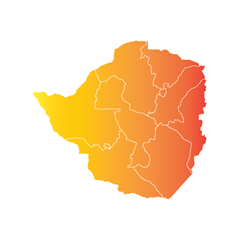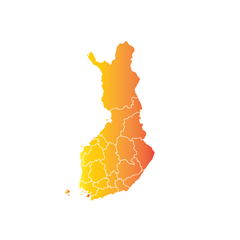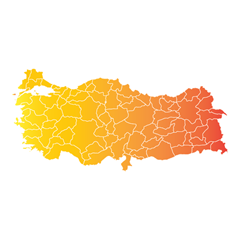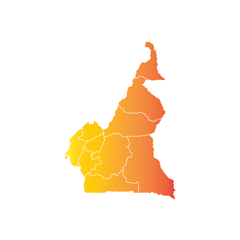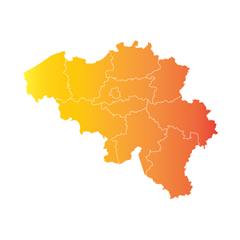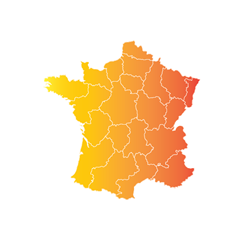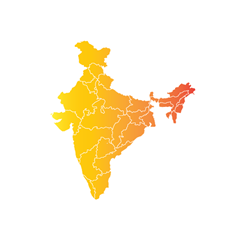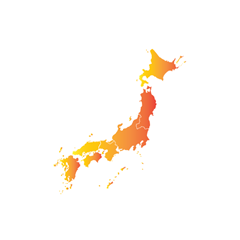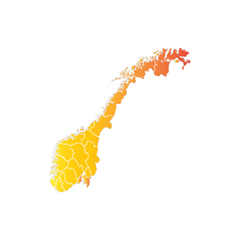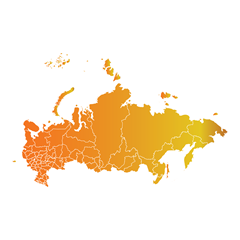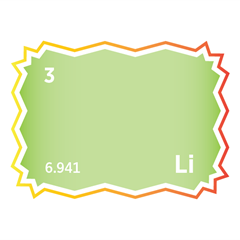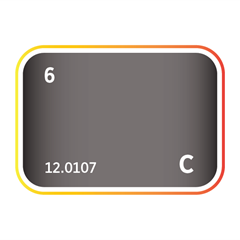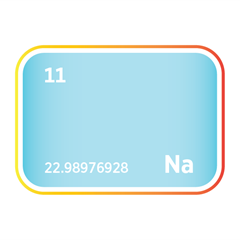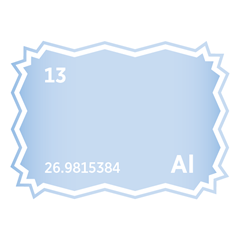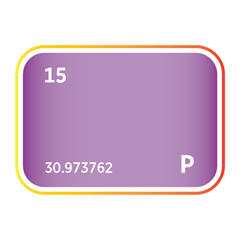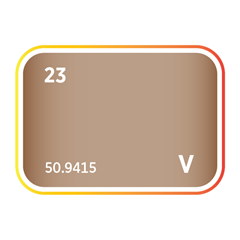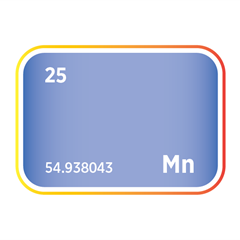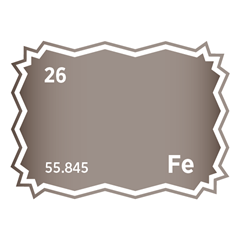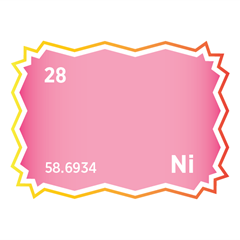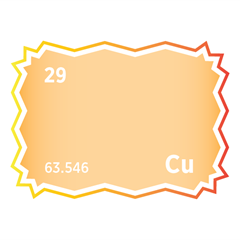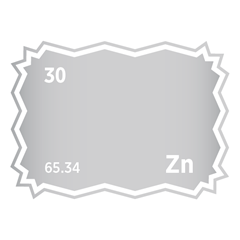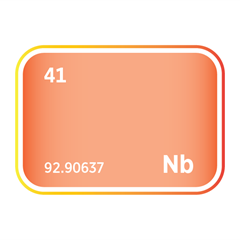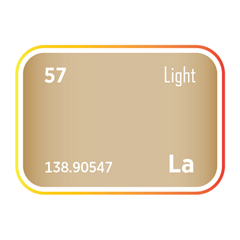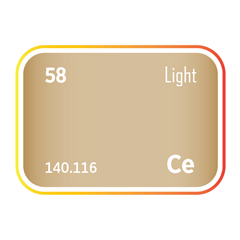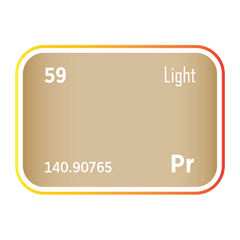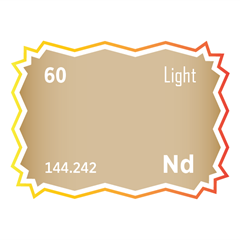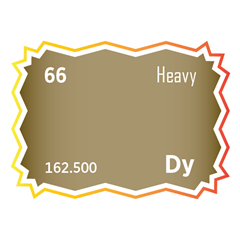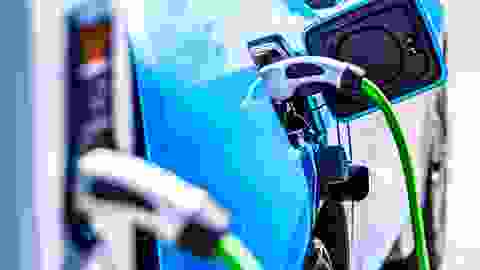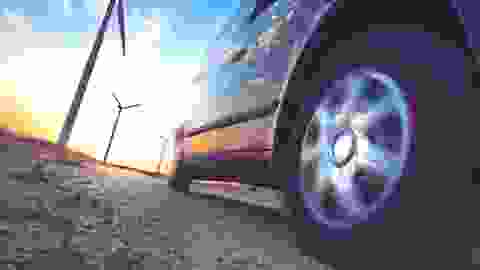The Cobalt Market
Critical Minerals and The Energy Transition
An introduction to cobalt
Cobalt demand and end-uses
Cobalt is a silvery-white metal that was discovered in the mid to late 1730s. Cobalt is not a particularly rare metal and it ranks 32nd in global abundance, being present in the Earth’s crust at about 25-50 ppm.
Cobalt has several uses based on its functional properties: in batteries for vehicles (NiMH, Li-ion) and consumer electronics; in superalloys for aerospace, jet and gas turbine engines (energy generation) and other uses; and in catalysts, carbides, pigments, magnets, hardfacing alloys and other alloys. In most applications, the substitution of cobalt would result in a reduction in performance.
Demand for cobalt has grown substantially since the 1990s, and the battery and superalloys industries were responsible for much of this growth. Prior to this, the historically high cobalt price (resulting from conflict in former Zaire, the major producing region at that time) had constrained demand growth.
In 2001, demand was negatively impacted by a global economic downturn, with the electronics (battery) sector worst hit, and the terror attacks in September that year resulted in a slowdown in cobalt demand from the superalloys industry. Consumer stockpiling caused by lower prices at this time, combined with rapid demand growth in the Asian economies (China, Japan and South Korea), allowed demand to fully recover by the mid-2000s, with Li-ion batteries emerging as a key driver of cobalt demand growth.
The importance of China became much more pronounced during the 2000s, with Chinese demand accounting for <10% of total demand in the early part of the decade and increasing to around 25% by 2008. The region has taken market share away from Europe and the Americas (reductions of 10% each between 2001 and 2010). During this time, China became one of the world’s largest manufacturers of Li-ion batteries for items such as laptops and mobile phones. The battery sector is now, by far, the biggest end-use sector for cobalt in the country.
Growing sales of electric vehicles (EVs) facilitated a rush for cobalt. Unmatched supply and a strong positive outlook for EVs created ideal conditions for the cobalt price to surge, accelerated by stockpiling in China.
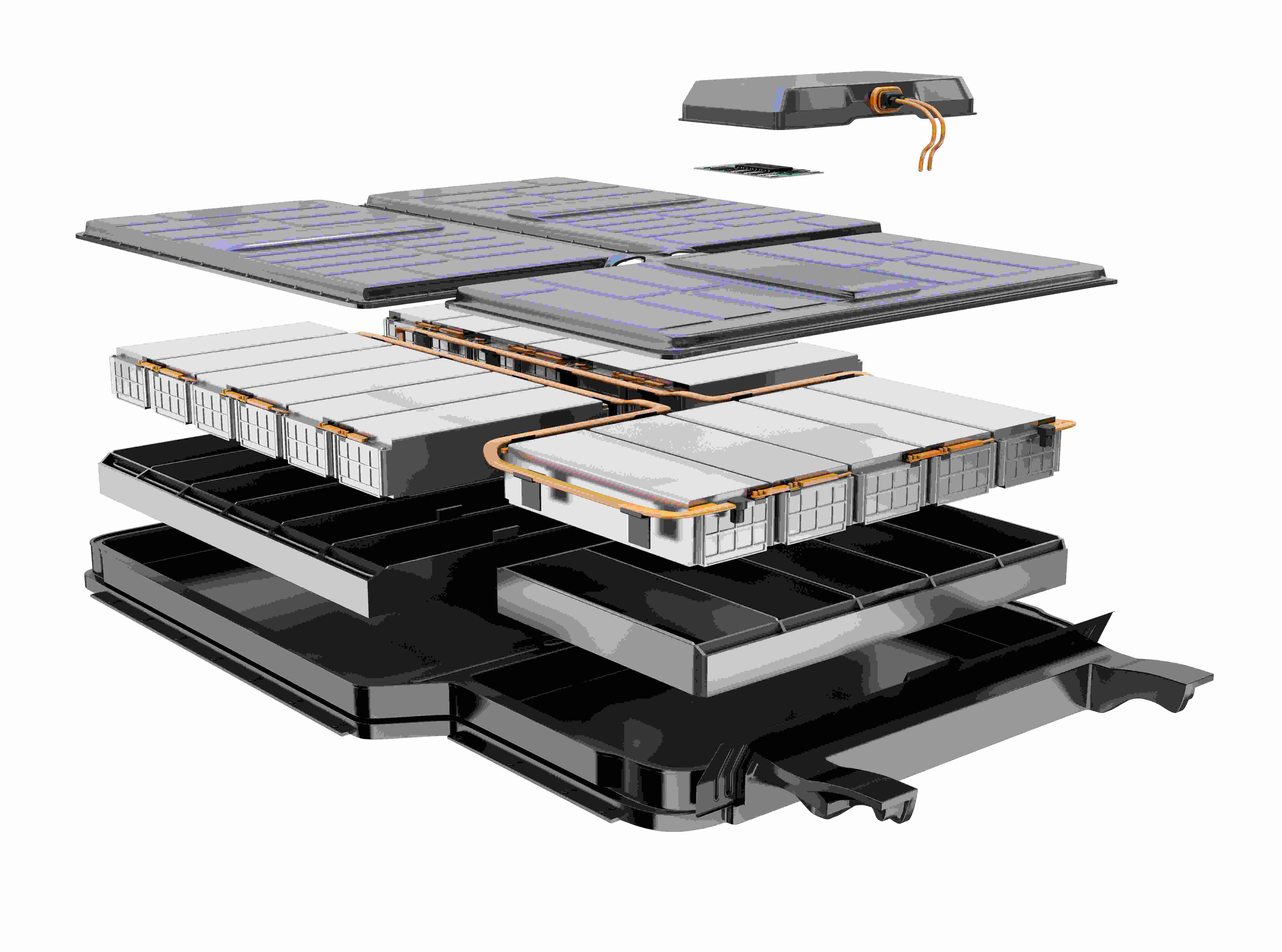
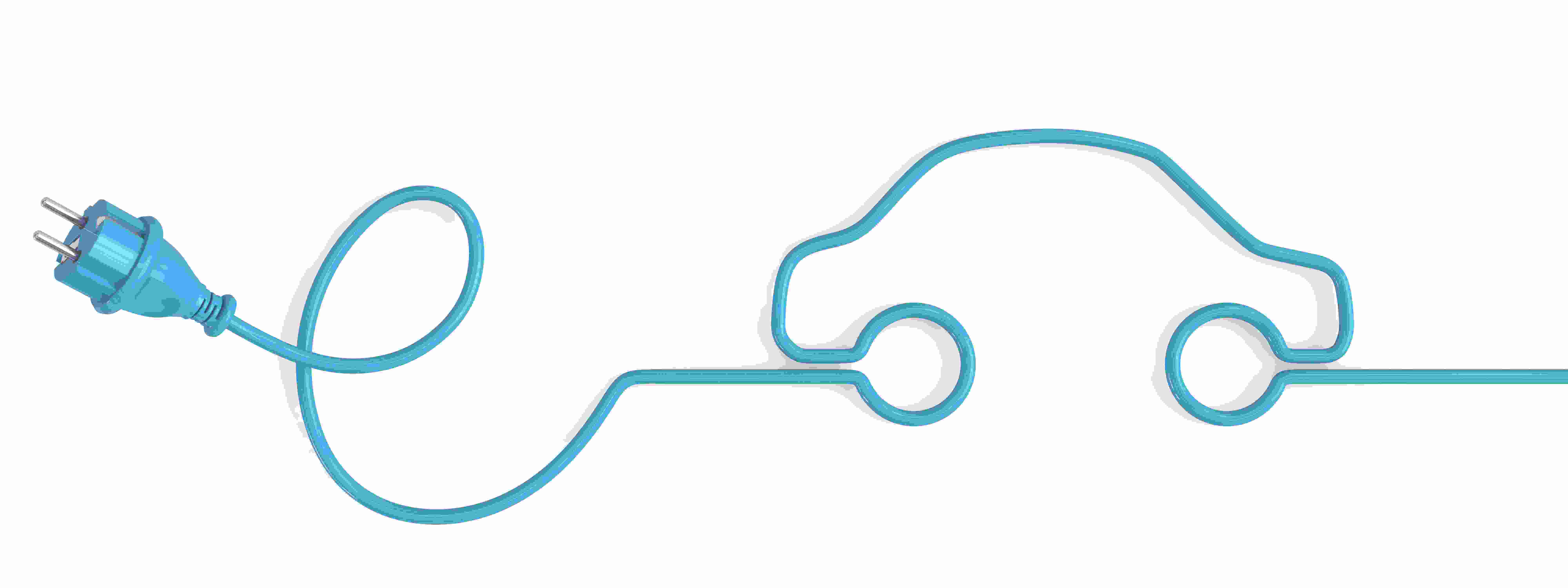
Cobalt supply and resources
Cobalt occurs in nature in a variety of minerals, including cobaltite, erythrite and linnaeite, and is associated with nickel, copper, iron, silver and lead ores. It is one of only three naturally occurring magnetic metals, along with iron and nickel. Cobalt may be substituted for transition metals in many mineral and chemical compounds and is commonly found in the place of iron and nickel as they share many similar chemical properties.
The vast majority of cobalt is produced as a by-product of copper and nickel mining. The Democratic Republic of the Congo (DRC) is the single-largest producer of mined cobalt, where it is mainly a by-product of copper mining and controls more than 70% of primary cobalt production, and continues to be at risk of being affected by political and economic stability. The remainder is produced as a by-product of nickel mining from nickel sulphide and laterite ores. There is only one primary cobalt mine, Bou-Azzer, which is located in Morocco and yields around 1.8 ktpa (~1% of global output in 2019). There is some artisanal cobalt ore production in the DRC along with output from old copper tailings where cobalt is the majority product.
Cobalt is typically associated with four types of deposit: nickel-bearing laterites (e.g. Cuba, New Caledonia, Western Australia), nickel-copper sulphide deposits (e.g. in the mafic and ultramafic rocks of Australia, Canada, Russia), strata-bound copper deposits (e.g. DRC, Zambia) and silver-cobalt sulpharsenide deposits (e.g. Canada, Morocco).
Continued press coverage on artisanal cobalt practices is leading to a drive towards ethically sourced cobalt. This falls under companies’ social responsibility, which is an increasingly important issue affecting the viability of projects. Cobalt supply chain mapping is being undertaken by refiners to trace the cobalt and identify the original mine site, with at least 3-4 tiers of traders between the artisanal miners and the refiners.
Non-conventional cobalt resources are found in polymetallic or “manganese” nodule concretions rich in manganese, cobalt, nickel, iron, copper and rare-earth elements, which are formed on sediment-starved deep ocean floors. They are present in the Earth’s crust at about 25-50 ppm. Unlike many land ores, nodules do not contain toxic levels of heavy elements, so can be processed with zero tailings and 100% of their mass can be turned into usable materials. The chemical composition of nodules varies according to the kind of manganese minerals and the size and characteristics of the core. Those of greatest economic interest contain manganese (27-30%), nickel (1.25-1.5%), copper (1-1.4%) and cobalt (0.2-0.25%). Any prediction about the effects of mining is extremely uncertain, but it is generally accepted that mining could cause habitat alteration, direct mortality of benthic creatures and suspension/dispersion of sediment plumes, affecting tens of thousands of kilometres of deep-sea ecosystems.
Cobalt has also been discovered in cobalt-rich ferromanganese crusts occur throughout the global ocean on seamounts, ridges and plateaus where currents have kept the rocks swept clean of sediments for millions of years. Crusts precipitate out of cold ambient seawater onto hard-rock substrates.
Recent presentations on the battery metals markets
Cobalt market balance
| tonnes | 2015 | 2016 | 2017 | 2018 | 2019 | 2020 | 2021f | ||
| Primary cobalt supply | |||||||||
| Regional | |||||||||
| DRC | |||||||||
| Oceania | |||||||||
| Other Africa | |||||||||
| Russia | |||||||||
| North America | |||||||||
| Rest of World | |||||||||
| Total primary cobalt supply | 88,465 | 89,260 | 99,785 | 125,905 | 125,500 | 117,155 | 139,405 | ||
| Cobalt demand and recycling |
|||||||||
| Lithium-ion battery cobalt demand | |||||||||
| Battery electric vehicles (BEV) | |||||||||
| Plug-in hybrid electric vehicles (PHEV) | |||||||||
| Full hybrid electric vehicles (FHEV) | |||||||||
| Mild hybrid electric vehicles (MHEV) | |||||||||
| Full cell electric vehicles (FCEV) | |||||||||
| Heavy-duty electric vehicles (HDEV) | |||||||||
| E-bikes | |||||||||
| Total cobalt demand for transport | 2,475 | 3,480 | 7,240 | 15,580 | 23,235 | 33,630 | 43,090 | ||
| Other battery cobalt demand | |||||||||
| Mobile phones | |||||||||
| Laptops/notebooks | |||||||||
| Tablets | |||||||||
| Other battery | |||||||||
| Total other cobalt demand | 41,130 | 40,115 | 40,060 | 38,805 | 38,270 | 40,325 | 44,190 | ||
| Other cobalt end-uses | |||||||||
| Superalloys | |||||||||
| Hard metals | |||||||||
| Other non-battery | |||||||||
| Total other end-uses | 48,260 | 49,110 | 50,150 | 51,890 | 52,555 | 47,205 | 49,150 | ||
| Gross cobalt demand | 91,865 | 92,705 | 97,450 | 106,275 | 114,044 | 121,160 | 136,430 | ||
| Cobalt recycling | 5,300 | 5,600 | 6,200 | 6,600 | 6,855 | 7,140 | 7,430 | ||
| Cobalt net demand | 86,565 | 87,105 | 91,250 | 99,675 | 107,190 | 114,020 | 129,005 | ||
| Cobalt market balance | 1,900 | 2,155 | 8,535 | 26,230 | 18,305 | 3,135 | 10,405 | ||
| Cobalt price history | |||||||||
| Cobalt price ($/tonne) | 58,939 | 82,793 | 36,028 | 34,390 | 47,000 | ||||
| Cobalt price ($/lb) |
26.73 | 37.55 | 16.34 | 15.60 | 21.32 | ||||
Source: SFA (Oxford). Updated July 2021. Note: Other non-battery demand includes hard facing alloys, petrochemical catalysts, pigments, magnets, adhesives & driers, and other non-battery segments.
Primary cobalt mine producers
Cobalt mine production from nickel and copper producers
Cobalt in mixed hydroxide product
The Battery Metals market
SFA (Oxford) also provides regular market intelligence on the battery metal markets. Discover some of the critical materials used in batteries.

SFA's cobalt market reports
SFA (Oxford) provides regular bespoke lithium-ion battery market intelligence reports on the cobalt market as well as in-depth studies on cobalt recycling, cobalt trade flows and cobalt pricing.
Meet the Battery Raw Materials team
Trusted advice from a dedicated team of experts.

Henk de Hoop
Chief Executive Officer

Beresford Clarke
Managing Director: Technical & Research

Jamie Underwood
Principal Consultant

Daniel Croft
Commodity Analyst

Thomas Chandler
Principal Lithium Supply Analyst

Lakshya Gupta
Senior Market Analyst: Battery Materials and Technologies

Rj Coetzee
Senior Market Analyst: Battery Materials and Technologies

Ismet Soyocak
ESG & Critical Minerals Lead

David Mobbs
Head of Marketing

How can we help you?
SFA (Oxford) provides bespoke, independent intelligence on the strategic metal markets, specifically tailored to your needs. To find out more about what we can offer you, please contact us.
